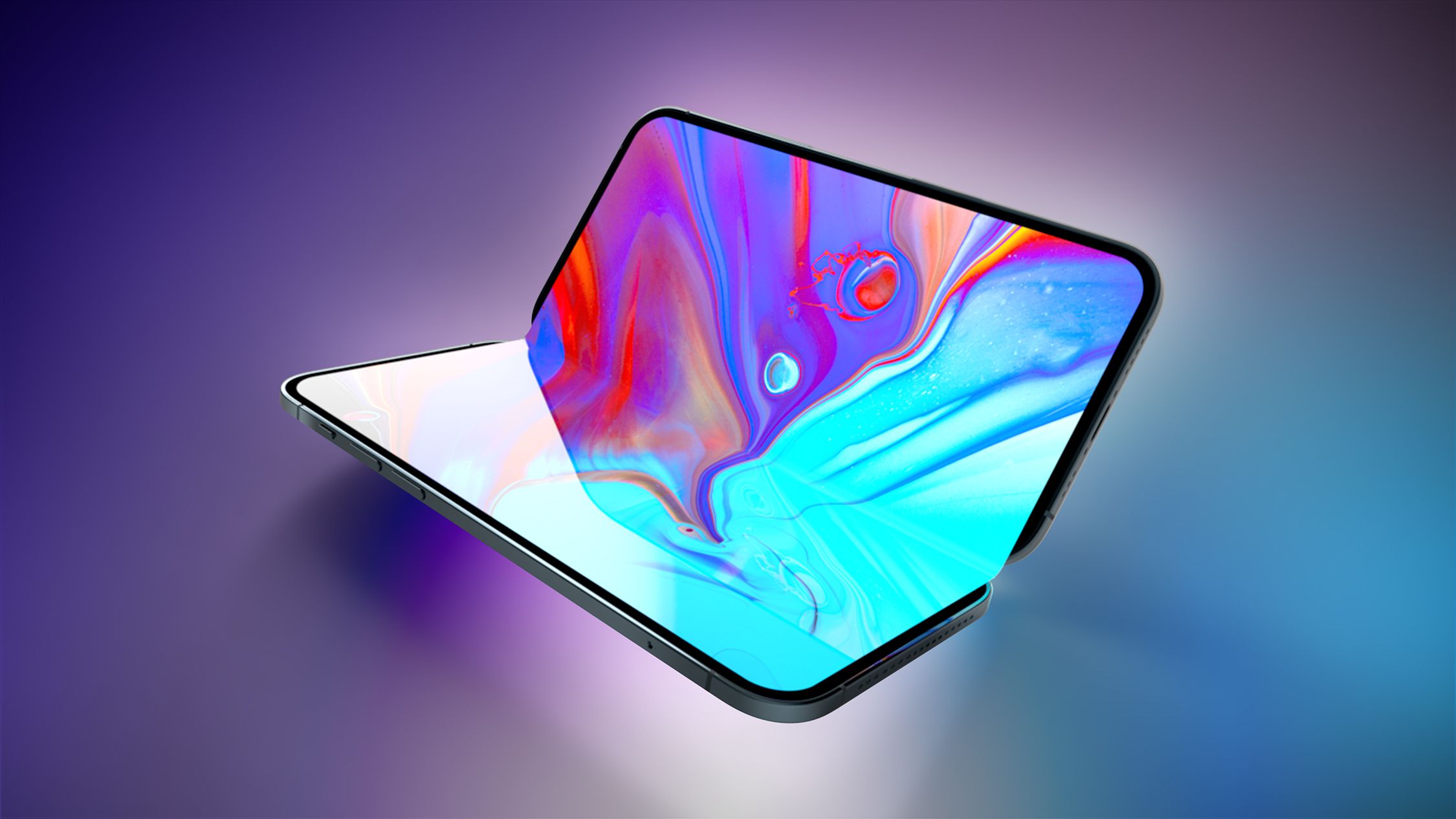Revolutionary iPhone Flex: Apple's Secret Hinge Technology Promises Unbreakable Foldable Design

Apple is set to revolutionize its foldable iPhone design by incorporating cutting-edge liquid metal technology into its device hinges, potentially solving two of the most significant challenges facing foldable smartphones: durability and screen creasing.
Industry analyst Ming-Chi Kuo, renowned for his accurate Apple predictions, has revealed that the tech giant is exploring innovative materials to enhance the mechanical performance of its upcoming foldable device. Liquid metal, known for its exceptional strength and flexibility, could be the game-changing solution that transforms the foldable smartphone landscape.
The use of liquid metal in the hinge mechanism promises multiple benefits. Not only could it provide superior structural integrity, but it may also significantly reduce the visible crease that has plagued previous foldable smartphone designs. This breakthrough could mark a pivotal moment in Apple's smartphone engineering, potentially setting a new standard for flexible device technology.
While details remain speculative, the potential implementation suggests Apple is committed to pushing the boundaries of smartphone design and addressing the technical challenges that have historically limited foldable device adoption. Tech enthusiasts and Apple fans alike are eagerly anticipating further developments in this exciting technological frontier.
